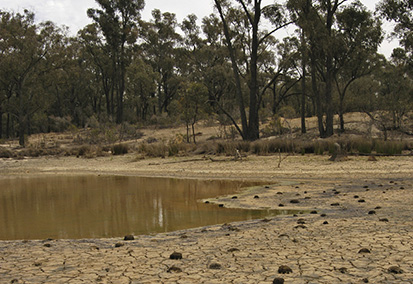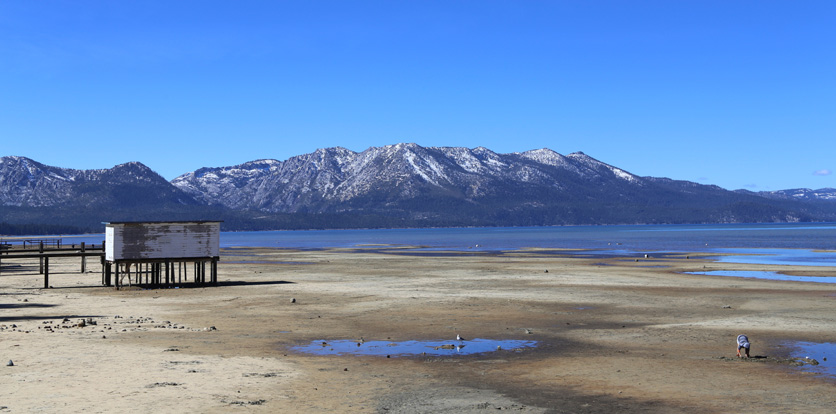El Niño’s fault?

According to a report released on October 21 by the National Oceanic and Atmospheric Administration (NOAA), September 2015 was the hottest September since records first began in 1880. The same can be said for July and August. In fact, so far this year, only January and April haven't broken any records.
So what is happening right now? Two things. First, according to Deke Arnt - responsible for the environmental information center of NOAA, these records are partly attributable to El Niño. El Niño is a periodic phenomenon that occurs in the central Pacific Ocean between December and January, on average every 5 years when the trade winds that typically blow from East to West in the tropics start to weaken. This involves some of the heat previously stored in deeper layers of the ocean begin to rise to the surface, thus affecting world temperatures.

But El Niño can't be the only cause. After all, this phenomenon didn't occur in 2014, and still many records were broken: the highest level of greenhouse gas emissions, the highest level of the ocean temperature and marine surfaces, the dissolution level of ice in Greenland and Antarctica and the record sea level rise.
On the other hand, scientists point out not to focus on a specific year or single record highs, but to keep a close eye on the now-evident, long-term trend of global warming. The rise of temperature, even though the causes still remain unclear, depends to a large extent on how much CO2 we keep emitting into the atmosphere.
The other major factor is therefore global warming. As we burn fossil fuels and add more carbon dioxide to the atmosphere, we trap more heat on the Earth's surface.
In his encyclical on climate change, Pope Francis remarks that the most severe impacts of climate change will likely fall on those least able to withstand them: «Many poor people live in areas particularly affected by phenomena related to heating,» Francis writes, «and their livelihoods strongly depend on natural reserves and so-called ecosystem services, such as agriculture, fisheries, and forestry.»
In its annual Climate Change Vulnerability Index, the U.K.-based risk analysis firm Maplecroft lists the top 32 countries at “extreme risk” from climate change. The top 10 are tropical countries: Bangladesh, Sierra Leone, South Sudan, Nigeria, Chad, Haiti, Ethiopia, the Philippines, the Central African Republic, and Eritrea. Of these, all but Nigeria and the Philippines are on the UN’s list of the world’s 48 poorest countries.
The round of international negotiations currently under way, however, emphasizes an innovative aspect: optimism. For the first time since the adoption of the Kyoto Protocol in 1997, analysts and stakeholders believe there is a real chance of reaching a specific agreement on reducing the greenhouse-gas emissions, even though - as the US Secretary of State John Kerry points out – only commitments with no binding treaty or penalties to encourage the maintenance can be expected.
«On the plus side, people are talking about specific numbers, and that hasn’t been the case in the past» says Martin Weitzman, a professor of economics at Harvard who studies the environmental and economic consequences of climate change. «Nations are about to quote-unquote commit to greenhouse-gas emission reduction targets. That’s a first step on the way to anything».

